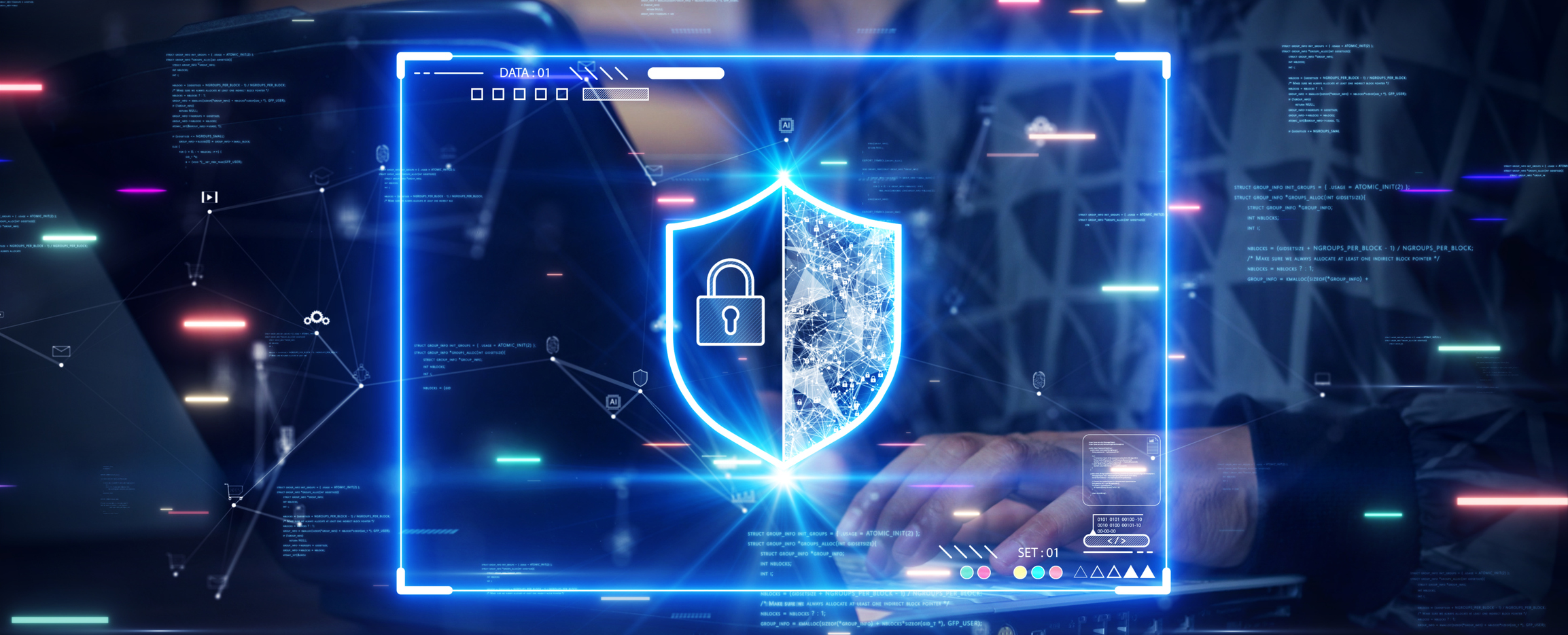Malwarebytes recently released its “ThreatDown 2024 State of Ransomware” report, and the news isn’t good. Ransomware is on the rise; in 2023, attacks on US businesses surged by 63% and 67% in UK-based companies.
With numbers like this, it’s clear that organizations need to update and reinforce their defense strategies. Here’s what business leaders need to know about ransomware threats and how your Managed Security Service Providers (MSSPs) and Managed Service Providers (MSPs) should be protecting your organization.
The Expanding Ransomware Ecosystem
With the number of successful attacks growing, new hacker groups are getting into the ransomware game. While established groups like LockBit maintain dominance, emerging hacking groups like PLAY, 8Base, and Akira have intensified their campaigns. Smaller ransomware groups now execute 31% of all attacks — up from 25% last year — illustrating the spread of accessible attack tools.
Attack Evolution and Sophistication
Today’s cybercriminals use refined infiltration methods. Attackers exploit legitimate system administration tools to bypass security measures — a technique that challenges detection by organizations without dedicated Security Operations Centers (SOCs).
Additionally, attackers target systems between 1 AM and 5 AM, taking advantage of the typically lean nature of overnight staffing. And they’ve dramatically accelerated their attack speed — the infiltration-to-encryption process now takes minutes or hours instead of weeks.
Industries at Risk
Ransomware attackers are particularly interested in manufacturing and healthcare organizations. They understand that these industries can’t afford extended downtime without severe consequences to public safety and human life — making them more likely to pay ransoms quickly.
And the strategy appears to be working: both sectors saw a 71% surge in ransomware attacks, with criminals exploiting their unique vulnerabilities, from legacy systems and complex networks to the time-sensitive nature of their operations.
Malwarebytes’ Guidance for MSSP and MSP Action
Based on Malwarebytes’ findings about accelerating attack speeds and overnight targeting, security providers must move beyond standard business-hours monitoring. Here are the essential security measures your MSP or MSSP should implement:
Proactive Defense Requirements
As security tools improve at detecting threats, ransomware attackers respond with faster, stealthier tactics. Your MSP or MSSP should deploy comprehensive endpoint detection and response (EDR) systems that monitor your network 24/7. These systems should use AI and machine learning to spot subtle signs of compromise before attackers can deploy ransomware.
Client Security Education
Your MSP or MSSP should provide comprehensive protection through regular training and programs that include:
- Social engineering defense: A security provider should conduct regular training sessions for staff members. These sessions should teach employees how to spot potential attacks, including suspicious emails, phone calls, fake websites, and messages impersonating executives or vendors.
- Remote work safety: Your provider must set up and maintain strict security measures for all remote workers, including required VPN usage, multi-factor authentication on all accounts, and clear policies about which devices can access your network and how they should be secured.
- Industry-specific risks: Security providers should educate your team about the specific threats targeting your company’s sector. These threats may include attacks on connected medical devices in healthcare or attempts to compromise industrial control systems in manufacturing.
- Clear crisis response plans: Your provider should help create, document, and regularly practice emergency procedures with your team. Everyone should know exactly what steps to take if they spot suspicious activity or if systems are compromised.
Ransomware Defense Strategies
To launch an effective ransomware defense, ensure your security provider combines sophisticated detection systems with rigorous testing and backup protocols.
Advanced Threat Detection and Response Systems
Your security provider’s endpoint detection and response EDR system should constantly monitor every device on your network, identifying and stopping suspicious activity before ransomware can spread. While EDR technology automatically spots threats, your provider should explain how their security team analyzes alerts and steps in to handle emerging attacks. Ask about their 24/7 monitoring capabilities and response times — quick detection and containment significantly reduce potential damage.
Regular Security Audits and Backups
Your MSP or MSSP should regularly test your network to find weak points before attackers do, especially in vulnerable areas like remote access and older systems. Since ransomware groups now target backup systems, your provider must verify that your backups work and they can quickly restore them. These practice runs help measure precisely how long it would take to get your systems running again after an attack, ensuring their recovery plans work in real-world conditions.
Future Defense Evolution
As ransomware attacks grow more sophisticated, your security provider must stay ahead of emerging threats while strengthening fundamental defenses.
Emerging Security Technologies
Modern security providers harness AI and machine learning to create a baseline of your normal operations, instantly flagging unusual behavior that could signal an attack. When threats emerge, automated systems can quickly isolate affected systems to prevent spread. Ask your provider how their AI tools specifically monitor and defend your network environment.
Building Adaptable Security
Security partnerships are only effective if they adapt as quickly as ransomware threats evolve. Your MSP or MSSP should integrate multiple protective layers while staying flexible enough to address new threats as they surface. Ask your provider how they customize these defenses for your industry and technology setup, and ensure they regularly update their approach based on new attack patterns.
Meeting Tomorrow’s Threats
Modern ransomware attacks strike in hours, not weeks, targeting backups and exploiting overnight vulnerabilities. Manufacturing and healthcare organizations must demand more from their security providers. MSPs and MSSPs with robust defenses and rapid response teams keep your operations running. At the same time, providers with security gaps leave you vulnerable to attacks that can shut down critical services within hours.
Don’t be afraid to ask your provider tough questions about their protection strategy — your organization’s survival may depend on their answers.
If you’d like to explore additional ways to strengthen your cybersecurity defenses, our experts are here to help—contact us today!

